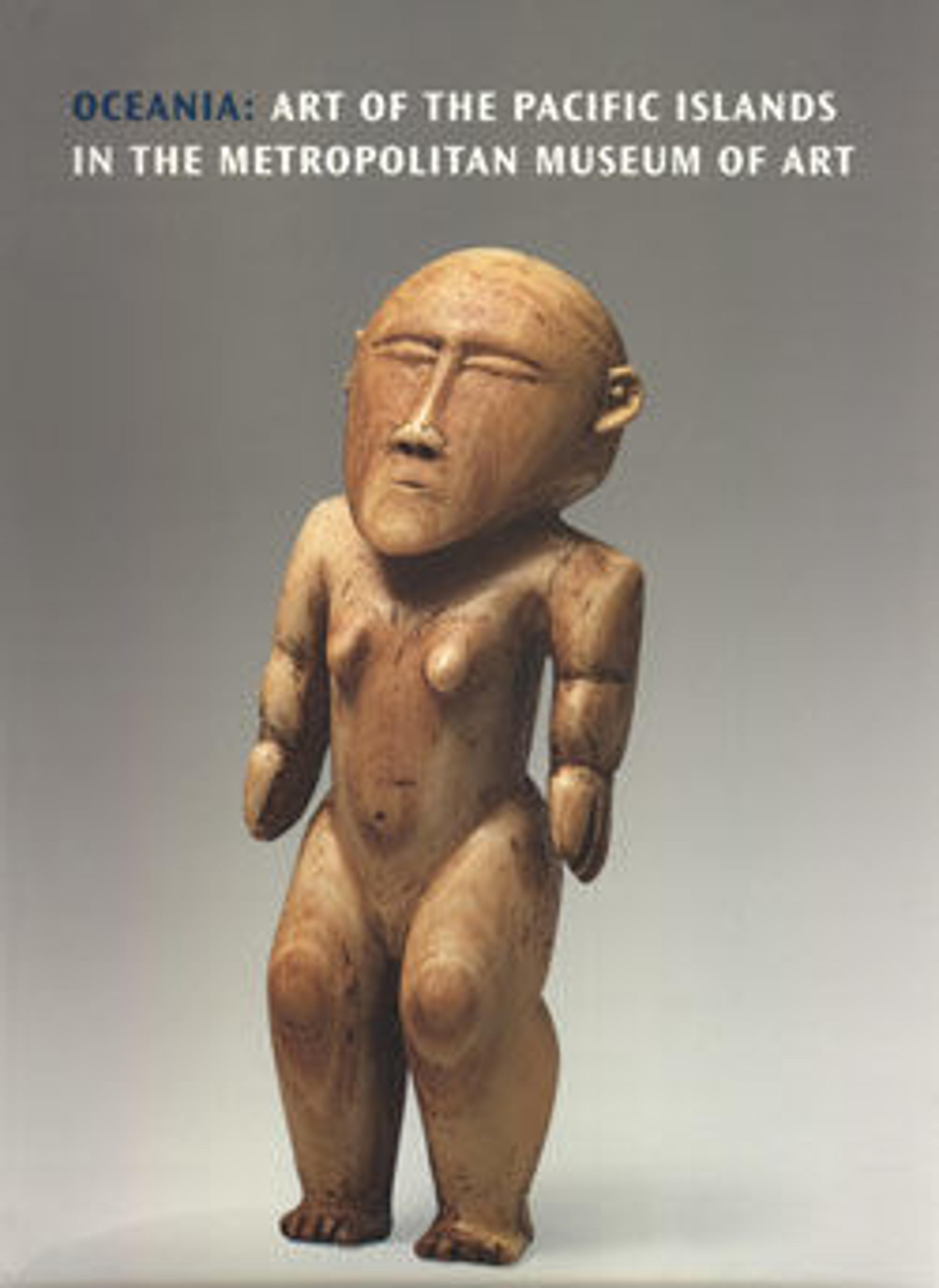Itara (ancestor figure)
The wood sculpture of Ataúro island consists primarily of ancestor images (itara). Carved in male/female pairs, itara portray distant ancestral couples, the founders of specific families and lineages. When in use, each figure is clad in the garments appropriate to its sex, the male in a loincloth and the female in a skirt. The images are kept within the house of the lineage chief, where they were hung, together with other sacred objects, from a sacred rack (ruma tara) attached to one of the house posts. The exact function of the figures remains uncertain. However, they are reportedly used in the detection of thieves, the ancestral spirits going forth in pursuit of the culprits, and also in rites devoted to two local deities, in which five itara are assembled to form the crew of a miniature boat.
Artwork Details
- Title:Itara (ancestor figure)
- Artist:Ataúro Island artists
- Date:late 19th–early 20th century
- Geography:Democratic Republic of Timor-Leste, Atauro Island
- Culture:Atauro Island
- Medium:Wood
- Dimensions:H. 11 1/4 × W. 2 3/16 × D. 2 1/8 in. (28.6 × 5.6 × 5.4 cm)
- Classification:Wood-Sculpture
- Credit Line:Gift of Fred and Rita Richman, 1988
- Object Number:1988.143.179
- Curatorial Department: The Michael C. Rockefeller Wing
More Artwork
Research Resources
The Met provides unparalleled resources for research and welcomes an international community of students and scholars. The Met's Open Access API is where creators and researchers can connect to the The Met collection. Open Access data and public domain images are available for unrestricted commercial and noncommercial use without permission or fee.
To request images under copyright and other restrictions, please use this Image Request form.
Feedback
We continue to research and examine historical and cultural context for objects in The Met collection. If you have comments or questions about this object record, please contact us using the form below. The Museum looks forward to receiving your comments.
